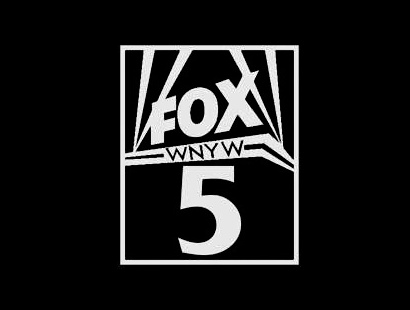 |
Channel  : Others : Others

“You know, next year, we're on the DuMont network.”
Jay Leno at the 39th Annual Emmy Awards in 1987,
the first to be telecast on the fledgling Fox network.
Little did he know that Fox, like its New York affiliate,
WNYW-TV, was part of the DuMont legacy.
In 1967, there was a short-lived attempt at creating a
fourth network of mostly UHF affiliates by TV station owner D.H.
Overmyer and former ABC-TV programmer Oliver Treyz. This network was
called the Overmyer Network (or "ON"). Its programming centerpiece was a
live, two-hour program called The Las Vegas Show, hosted by
Bill Dana. While this program was in process, a group of investors took
control of the venture and re-named it the United Network. Shortly
thereafter, the ON (or UN, if you prefer) collapsed under the costs of
program production and line interconnection to its affiliates. The network broadcast for only 30 days.
Paramount also planned to start a fourth network in the late 1970's, using a revival of the Star Trek TV series as its centerpiece, but those plans were scrapped at the last minute and the planned series became Star Trek: The Motion Picture instead. (Eventually, Paramount would get its wish when Star Trek: Voyager became the cornerstone of its UPN network.)
There would not be another serious attempt at a fourth
national TV network until Fox hit the air in 1986, and therein lies an
irony which reaches back to the end of the DuMont network. When Rupert
Murdoch decided to start his fourth network, he purchased Metromedia,
the company which had been spun off from DuMont thirty years earlier.
The original DuMont TV stations, Channel 5 in New York City and Channel 5
in Washington, D.C., along with others that Metromedia had acquired
over the years, were pressed into service for the new fourth network. In
this sense, Fox was not a new network. It was DuMont, rising from the
ashes.
Why did Fox succeed where DuMont had failed? R.D. Heldenfels offers some answers:
The differences between Fox and DuMont lay in the
former's deep pockets, courtesy of Rupert Murdoch,
and its ability to stay out of the federal government's
way, and the rise of cable. Where Fox proved willing
and able to pay big bucks to take things it wanted,
DuMont did not even pay enough to protect the stars
and shows it had. Where DuMont lost a prolonged
battle with the FCC, Fox programmed just few
enough hours not to be considered a network under
federal regulations, allowing it to make money in ways
the Big Three, as networks, were forbidden. And cable
removed the disadvantage of being on a UHF station,
as DuMont had been and many Fox affiliates are, by
putting UHF and VHF alike no farther away than the
button on the cable control.
Today, of course, there are additional new over-the-air
television networks like the CW, MyNetworkTV and iON. Many of their affiliates
are low-power UHF stations, and none of these fledgling networks are
close to catching Fox in the ratings, let alone the Big Three. Under
these conditions, the DuMont network would probably feel right at home.
Go to Channel 10: Links
|
 |

